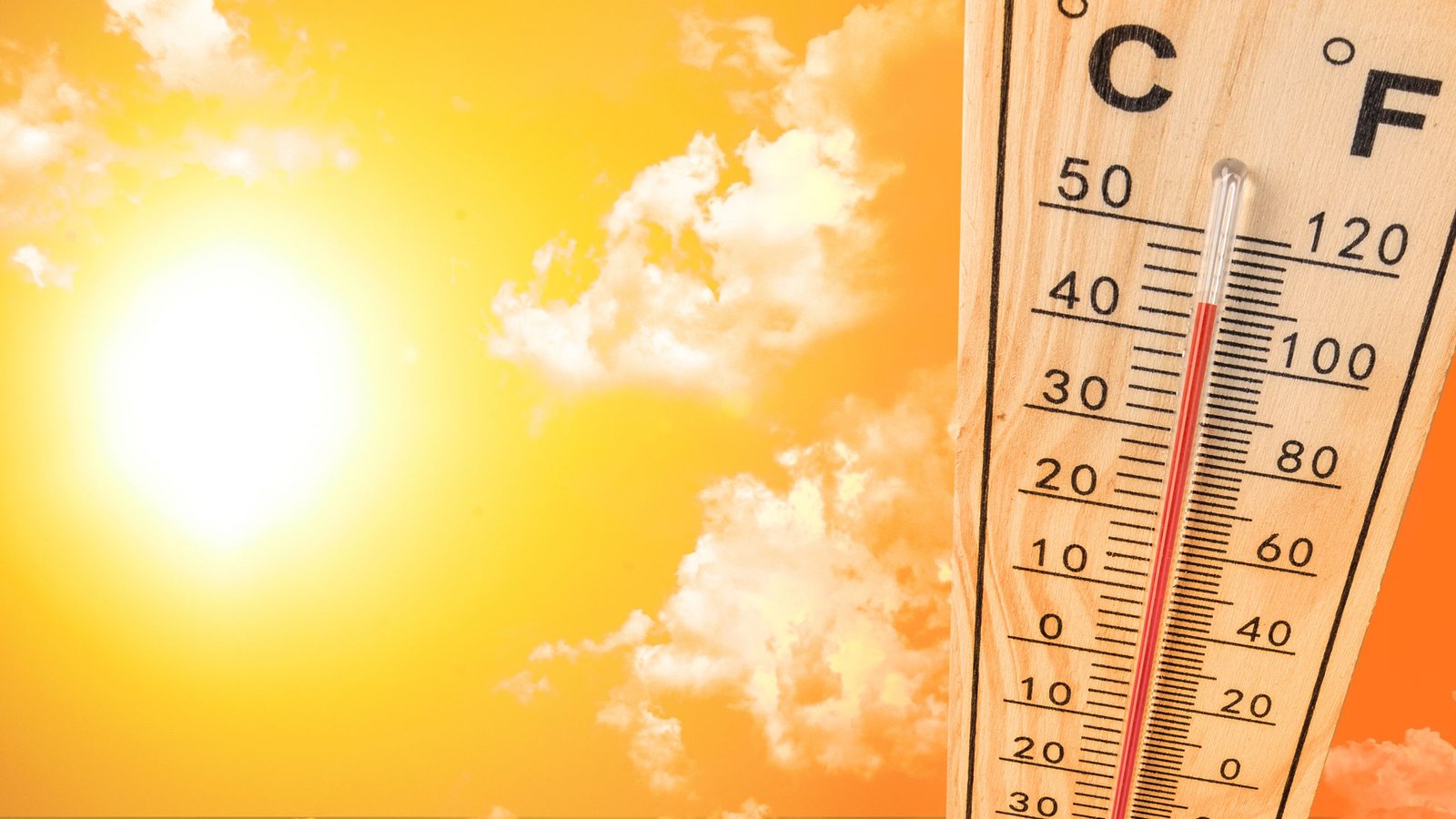Temperature measurement is a critical aspect of everyday life, influencing everything from weather forecasts to cooking temperatures. The Celsius and Fahrenheit scales are two primary temperature scales used around the world. They serve the same purpose but operate differently. The Celsius scale is part of the metric system and is used by most countries worldwide, with water freezing at 0 degrees and boiling at 100 degrees under standard conditions. In contrast, the Fahrenheit scale, predominantly used in the United States, sets the freezing point of water at 32 degrees and the boiling point at 212 degrees.

Converting temperatures between Celsius and Fahrenheit is a common task that requires an understanding of the relationship between the two scales. To convert Celsius to Fahrenheit, one can use the formula ( F = (C \times 1.8) + 32 ), where ( F ) represents degrees Fahrenheit and ( C ) represents degrees Celsius. This formula reflects the scaling and offset adjustments needed to translate a temperature from one scale to the other. For those who rely on digital tools, there are numerous conversion calculators and resources available online that facilitate quick and accurate temperature conversions.
Key Takeaways
- The Celsius and Fahrenheit scales are essential for various global temperature measurements.
- A formula is used to convert temperatures from Celsius to Fahrenheit.
- Online tools can assist with accurate and rapid temperature conversions.
Table of Contents
Understanding Temperature Units

When discussing temperature units, clear differentiation among Celsius, Fahrenheit, and Kelvin scales is essential as each serves a distinct purpose across various regions and scientific applications.
Celsius Scale
The Celsius scale is a temperature measurement within the metric system denoted as °C. This scale is used widely around the world. The freezing point of water is 0°C and the boiling point is 100°C at standard atmospheric pressure.
Fahrenheit Scale
The Fahrenheit scale is primarily used in the United States and is expressed as °F. On this scale, the freezing point of water is at 32°F, while the boiling point of water is at 212°F, again at sea level and standard atmospheric pressure.
Kelvin Scale
The Kelvin scale represents temperature measurement in relation to absolute zero, the theoretical absence of all thermal energy. The Kelvin unit (K) is a fundamental part of the International System of Units (SI) and does not use degrees. It is the scale commonly used in scientific settings. Absolute zero is 0 K, the freezing point of water is 273.15 K, and the boiling point of water is 373.15 K at standard atmospheric pressure.
The Conversion Formula
When one needs to convert temperatures between Celsius and Fahrenheit, he or she uses a simple mathematical formula. For each conversion, a multiplicative factor, followed by either an addition or subtraction, is applied to yield the correct temperature.
Celsius to Fahrenheit Formula
To convert Celsius to Fahrenheit, one must use the formula where the temperature in Celsius (°C) is multiplied by 9/5 (or 1.8) and then add 32. The steps for the conversion are as follows:
- Multiply the °C temperature by 9/5.
- Add 32 to the result.
The formula is succinctly expressed as:
°F = (°C × 9/5) + 32
For example, to convert 20°C to Fahrenheit:
°F = (20°C × 9/5) + 32 = 68°F
Fahrenheit to Celsius Formula
Conversely, to convert Fahrenheit to Celsius, the formula requires one to subtract 32 from the Fahrenheit temperature and then divide the result by 9/5 (or multiply by 5/9). The conversion steps are listed as:
- Subtract 32 from the °F temperature.
- Divide the result by 9/5 (or multiply by 5/9).
This is written as:
°C = (°F – 32) × 5/9
Taking an example, to convert 68°F to Celsius:
°C = (68°F – 32) × 5/9 ≈ 20°C
Using these formulas, one can accurately convert temperatures between the Celsius and Fahrenheit scales.
Practical Examples
Applying Celsius to Fahrenheit conversions in real-life situations illustrates their importance in daily activities, such as understanding weather conditions and maintaining appropriate living environments.
Converting Common Temperatures
- Room Temperature: Typically, room temperature is considered to be about 20°C, which, when converted, equates to 68°F.
- Body Temperature: The average human body temperature in Celsius is approximately 37°C. To find the Fahrenheit equivalent, one multiplies by 1.8 (the scale multiplier) and adds 32, resulting in a normal body temperature of 98.6°F.
- Weather Forecast: On a warm day, the temperature might be 25°C. Using the conversion formula (25 * 1.8) + 32, they calculate it to be 77°F, which provides clarity for those accustomed to the Fahrenheit scale.
The table below provides quick reference for some temperature conversion examples:
| Celsius (°C) | Fahrenheit (°F) |
|---|---|
| 0 | 32 |
| 10 | 50 |
| 20 | 68 |
| 30 | 86 |
| 37 | 98.6 |
| 40 | 104 |
Conversion in Weather Forecasting
For individuals familiar with Fahrenheit, understanding the Celsius-based weather forecast requires conversions. An external temperature of 0°C is the freezing point of water and converts to 32°F, which helps them anticipate a cold day. Similarly, a reading of -10°C indicates an extremely cold day, which is 14°F when converted. This understanding allows for proper preparation and attire selection in various weather conditions. For more detailed weather conversion examples, one might consider the varied sources available, such as PrepScholar for further reading on the subject.
Conversion Tools and References
The accuracy of temperature conversion relies heavily on the tools and references used. An individual can obtain precise conversion from Celsius to Fahrenheit using online calculators and comprehensive tables or charts.
Using a Conversion Calculator
A conversion calculator is an indispensable tool for anyone requiring an immediate and exact answer in temperature conversion. By simply entering a temperature in Celsius, these calculators provide the equivalent in Fahrenheit. Such a calculator is included in the above section.
Conversion Tables and Charts
For those who prefer a quick reference without the use of digital tools, conversion tables and charts offer a reliable alternative. These resources present a range of values in a clear and organized manner. For instance, a conversion table featured on Unit Converters may list common temperatures in Celsius alongside their Fahrenheit counterparts, facilitating a straightforward manual lookup. Additionally, a chart may visually map the relationship between these temperature scales, aiding in comprehending the conversion process at a glance.
Frequently Asked Questions
The conversion from Celsius to Fahrenheit is a common task that requires understanding a straightforward mathematical formula. This section explores the intricacies of this formula and sheds light on several related queries.
How can you calculate the temperature in Fahrenheit from Celsius?
To calculate the temperature in Fahrenheit from Celsius, multiply the Celsius temperature by 9/5 and then add 32.
What is the mathematical equation to convert a temperature from Centigrade to Fahrenheit?
The mathematical equation to convert a temperature from Centigrade (Celsius) to Fahrenheit is: F = (C × 9/5) + 32.
How do you properly convert a body temperature from Celsius to Fahrenheit?
To properly convert a body temperature from Celsius to Fahrenheit, use the same formula: F = (C × 9/5) + 32, ensuring precise measurements for accurate medical assessment.
What are the equivalent Fahrenheit values for common Celsius temperatures?
Common Celsius temperatures and their Fahrenheit equivalents include 0°C (32°F), 10°C (50°F), 20°C (68°F), 30°C (86°F), and 100°C (212°F).
How do you write a Python function to transform Celsius temperatures to Fahrenheit?
A Python function to transform Celsius temperatures to Fahrenheit may look like this: def convert_to_fahrenheit(celsius): return (celsius * 9/5) + 32.
Can you provide a conversion chart or table for Celsius to Fahrenheit temperatures?
While a conversion chart or table for Celsius to Fahrenheit temperatures can be very useful, readers are encouraged to refer to detailed tables online for a range of temperatures.



